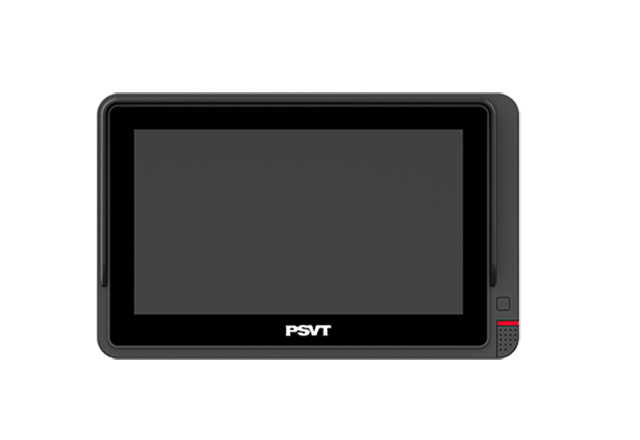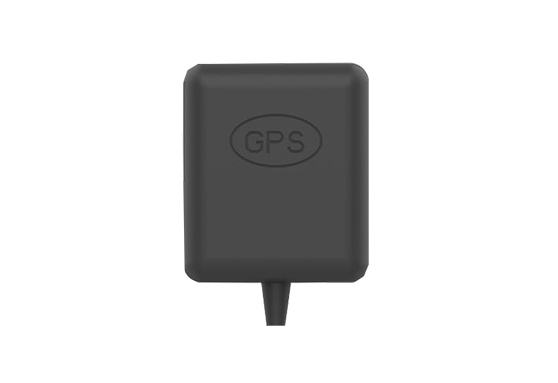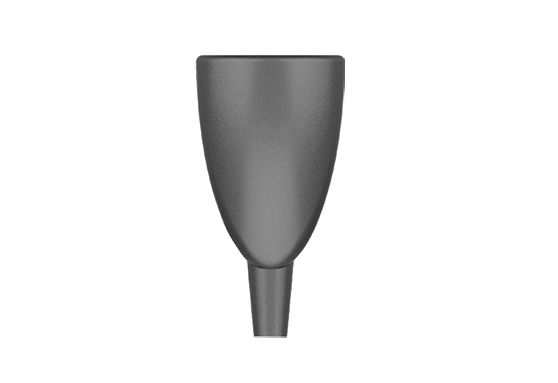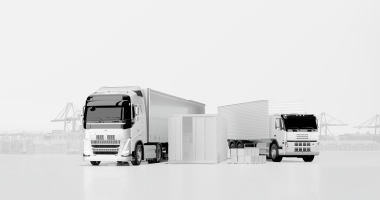The global commercial vehicle market showed pronounced regional divergence in October 2025, reinforcing the “Asia Strong, Europe Weak” macro trend. While Europe continued to face subdued demand, India emerged as the world’s standout growth engine, achieving a strong 17.7% year-on-year increase in retail sales.
Key developments this month mark important inflection points: the successful commercialization of 55-ton electric trucks in India demonstrates the real-world viability of heavy-duty electrification, while global logistics leaders such as FedEx are making strategic capital investments to electrify last-mile delivery networks.
For industry stakeholders, the mandate is clear: navigate European headwinds with operational agility, intensify focus on high-growth Asian markets, and prepare for the accelerating, technology-driven transformation of the entire commercial vehicle value chain. The era of a single global strategy is over.
Introduction: A Tale of Two Markets
October 2025 highlights the increasing fragmentation of the global commercial vehicle landscape. Macroeconomic pressures continue to shape performance, but with dramatically different regional outcomes.
Europe is weighed down by persistent inflation and high financing costs, stifling investment—particularly among small and medium fleets that dominate road freight operations. Meanwhile, emerging economies such as India are benefitting from post-pandemic infrastructure spending, a strong festive season, and policy support for clean transportation.
Beyond regional data, two industry-defining trends emerged this month:
- Electric powertrains have moved into the core of commercial operations, evidenced by real heavy-duty deployments.
- Strategic actions from global logistics leaders signal a business-driven—not purely regulatory—shift toward electrification.
Regional Breakdown: Divergence in Detail
Europe: Navigating a Prolonged Downturn
The European market remains under pressure. Data from Q1–Q3 2025 shows:
- Light Commercial Vehicles (LCVs): New registrations down 8.2%
- Heavy Trucks: New registrations down 9.8%
The primary cause is the delayed replacement cycle. Inflation continues to erode margins, while high interest rates have made financing prohibitive for many operators.
A notable outlier is the bus segment, which maintains around 3% growth, supported by ongoing government investment in public transportation. This divergence—weak LCVs and trucks, steady buses—is forcing OEMs to adjust production and sales strategies to reduce inventory and financial risk.
India: The Global Growth Engine Fires on All Cylinders
India strengthened its position as the fastest-growing major commercial vehicle market, with retail sales reaching 107,800 units (+17.7% YoY).
Key growth drivers include:
- Infrastructure Expansion: Large-scale road construction projects have resumed.
- SME Freight Rebound: Small and medium businesses are driving freight demand.
- Festive Season: Logistics demand peaked during ongoing celebrations.
- Policy Support: Subsidies for electric buses and LCVs are accelerating adoption.
India is now a core strategic priority, not a peripheral emerging market.
Regional Spotlight: Eicher’s Strategic Success
Eicher (VECV) continues to outperform, selling 7,771 units (+12.4% YoY) in October, with exports rising by over 130% to expand across the Middle East, Africa, and Southeast Asia.
Eicher’s formula—reliable lightweight powertrains, strong value proposition, and aggressive service network expansion—provides a blueprint for success in high-growth developing markets. Its performance signals a strengthening replacement cycle in emerging economies.
Technology Deep Dive: Electric Trucks Pass the Commercial Test
A major milestone occurred with the deployment of 55-ton electric trucks for heavy-duty logistics in India. This marks the shift from pilot trials to commercial, revenue-generating operations.
Battery-swapping is the key enabler, reducing “refueling” time to under five minutes, making 24/7 heavy-duty operations practical. This proves electrification’s viability beyond last-mile vans and into core industrial logistics—setting the stage for rapid adoption in ports, mines, and steel plants.
Corporate Strategy: Logistics Giants Place Their Bets
FedEx sent a strong demand signal with its $160 million investment in EV startup Harbinger and an order for 53 electric delivery vans. This move aims to reduce TCO through lower fuel and maintenance costs while meeting sustainability goals.
When a global fleet operator of FedEx’s scale formalizes EV procurement, it validates the technology and creates a predictable demand pipeline. This is expected to accelerate EV penetration in North America's urban delivery sector over the next 24 months.
Market Sizing and Forward Outlook
2025 is on track to reflect significant regional imbalance:
- Europe: Expected to contract slightly for the full year
- India: Poised for double-digit annual growth
From 2026–2030, several forces will shape the landscape:
- Regulation: The EU’s GSR and upcoming Euro 7 standards will maintain global influence.
- Supply Chain Bifurcation: One path for high-growth value markets (India), another for regulation-driven Europe.
- Business Models: Electrification will accelerate TaaS, battery leasing, and recurring revenue service models.
Strategic Implications for Stakeholders
- For OEMs: Regional portfolio agility is essential. Europe demands cost management and financing innovation, while Asia requires competitively priced, purpose-built products. A comprehensive electric CV portfolio is now mandatory.
- For Suppliers: Tier 1 and 2 suppliers must support both ICE legacy systems and EV innovations. Long-term competitiveness depends on capabilities in electrification, battery systems, and ADAS technologies.
- For Investors: Prioritize companies with strong exposure to high-growth regions and leading capabilities in electrification and automation. Eicher’s performance exemplifies the value of emerging market insight.
Conclusion
The global commercial vehicle market is at a critical turning point—defined by regional divergence and accelerating technological disruption. Success will depend on data-driven, region-specific strategies that balance operational resilience with long-term bets on an electric, connected, and automated future.











































